As with good wine and whiskey, there is an almost endless range of qualities, aromas and subtle nuances of taste that can be experienced and assessed with matcha tea.
Tasting tea is therefore not just a experience for the sensesA careful matcha test is necessary to determine the quality and character of matcha. As with all professional tastings, there is a specific sequence of individual steps that should be followed as far as possible. Let's get started.
The color - a vibrant green
The first step is to get an impression of the color. To best assess the color, place the individual Matcha qualities in small glass containers, such as Petri dishes. Place the containers on a white surface and make sure there is sufficient light.
Bright daylight is best, without direct sunlight. Artificial light sources distort the color of the tea. In addition, you should draw a line on a sheet of paper with approx. one gram of each powder. By spreading the tea on the white sheet, the individual shades of green can be differentiated even better. Now you can get an exact impression of the individual colors.
You can recognize good matcha by a fresh and lively green. It is reminiscent of fresh grass or green apples. The shades range from light, delicate shades of green to strikingly bright tones and dark, deep colors. The tea only develops these impressive, bright shades of green after a long shading phase.
This is because the deprivation of light causes the plant to develop large quantities of chlorophyll, which is responsible for the rich coloration. By traditionally grinding the tea on granite stone mills, it is also not heated too much, which not only preserves the sensitive ingredients but also the color. Poorer qualities, on the other hand, usually have a yellow, brown or even gray tinge.
In addition to inferior tea quality, this can also be due to poor processing, incorrect storage or the age of the powder. Note that conventionally grown teas usually have a more intense and brighter green than their certified organic counterparts. This is due to the use of stronger fertilizers, which supply the plant with sufficient nutrients even when it is deprived of light. Plants that are cultivated with purely organic fertilizers, on the other hand, usually develop a less bright green due to a lower concentration of nutrients. But here too, as our Matcha Hitotsu impressively proves, there are exceptions.
Overall, the appearance of matcha serves as a very good guide to draw initial conclusions about the quality of the tea. The best matcha teas are a feast for the eyes.
The consistency - fresh, extremely fine powder
This step requires a little practice. This is because it is not easy to correctly assess the consistency of matcha powder, especially at the beginning. During the first few tastings, many teas are classified as finer than they actually are. This is because even teas that are coarse by matcha standards are still very fine compared to other powders, such as ground coffee. However, once you have experienced the first really extremely finely ground teas (particle size of just 5-10μm), you will find it much easier to separate the wheat from the chaff. The assessment that insufficiently ground matcha can be recognized by the formation of small balls or lumps is also a fallacy. The exact opposite is often the case. The electrostatic adhesive forces of the powder are greater with smaller particles than with coarser teas. This means that small balls usually form on contact with air. You should therefore always sieve the tea before brewing.
This is how to assess the consistency of matcha:
Take the powder between your thumb and forefinger and grind it slowly. Not only can you get an idea of the color, but you can also feel how the matcha feels and what consistency it has. With the best teas, no individual particles are visible to the naked eye. Instead, the powder is ground into a green veil that spreads evenly over your fingertips. Good quality teas feel soft and smooth and are only minimally perceptible. Poorer qualities, on the other hand, are rough to the touch and particles are sometimes visible to the naked eye. Fresh premium teas also have a certain amount of residual moisture, which makes the powder look and feel fresher. Old or poor teas, on the other hand, make a dusty, almost sandy impression.

The smell - complex aromas
In addition to the taste, the smell tells us the most about the quality of the tea. With a little practice, even the finest nuances can be detected. You should assess matcha in three different ways: As a powder, as a paste and as a ready-made tea.
Depending on the form or water content, the perceptible aromas are different. The process is identical each time. For the assessment, hold the matcha tea very close to your nose, close your eyes and breathe in deeply through your nose. The closed eyes should minimize other sensory stimuli as much as possible. Take a short break after each sip, allow the aromas to take effect and repeat this process several times. Good matcha is characterized by a whole wealth of aromas. From fruity, fresh and floral notes to nutty, woody notes and sweet, chocolaty and buttery aromas. The best teas are very diverse and are characterized by complex, multi-layered aromas. Simple qualities, on the other hand, usually have a comparatively flat to boring aroma profile and sometimes individual aromas dominate very strongly. Inferior teas also have bitter, sour and slightly chemical notes, which already allow some conclusions to be drawn about the taste. Once you have smelled good matcha, you can't wait to taste it.
Taste and mouthfeel - multi-faceted and full
When tasting, you should prepare different variants, similar to the smell test. It is recommended to prepare a thick and a thin tea in order to compare the individual flavors. For premium qualities in particular, the tea should be prepared as koicha (thick). This brings out the individual notes even better and allows even the finest nuances to be heard. As a rule of thumb, you should use one gram of matcha for every 50 ml of water when preparing the tea as a thin liquid (usucha). With koicha, you can double or triple the powder dosage. You can find out the exact differences between koicha and usucha in the article>>> Matcha differences

To taste, take a small sip of the prepared tea in your mouth and spread the liquid all over your mouth. Allow the matcha to act on your palate for a short moment before swallowing. The best green teas are characterized by a creamy mouthfeel, similar to a strong espresso.
You should also not be able to detect any powder residue. The taste is ideally fresh, sweet and buttery. It is also often rounded off with a slight bitterness and a subtle nutty note. The finish is subtle but long-lasting and leaves you wanting more. You can recognize poorer quality tea by a watery mouthfeel, partial powder residue and unpleasant impacts. The taste is often too bitter, sometimes sour and chemical.
No individual flavor facets can be distinguished and the finish is short and inconspicuous to unpleasantly bitter. After just a few tastings, you will quickly be able to differentiate between individual qualities and get an idea of what really characterizes good matcha tea.
The overall picture - the qualities summarized
As you can see, there are specific steps that you should follow during a matcha tasting. However, with the right preparation method, you will go through most of these steps automatically and thus easily taste different teas. It's completely normal that you don't always follow all the steps in detail. After a few tastings, you will very quickly be able to classify the different matcha qualities and choose your personal favorites. After all, really good matcha tea is not only bright green and extremely fine, but also smells and tastes complex, exciting and unique. The best matcha green teas are a feast for the senses. To the store >>>




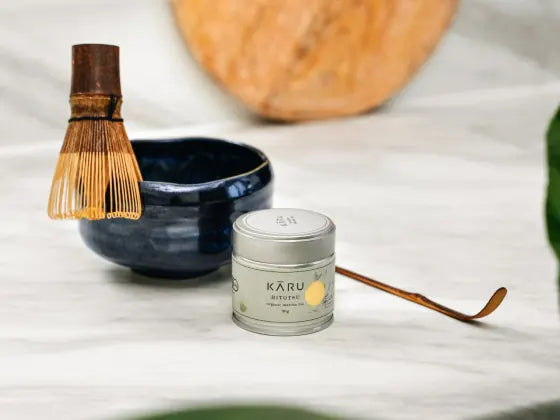

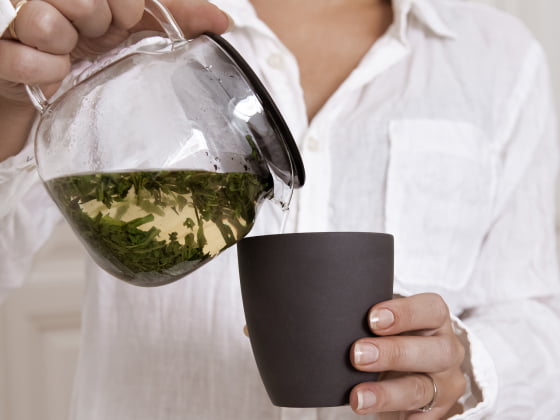

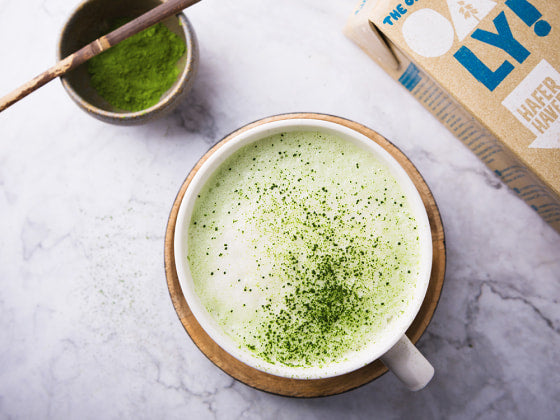
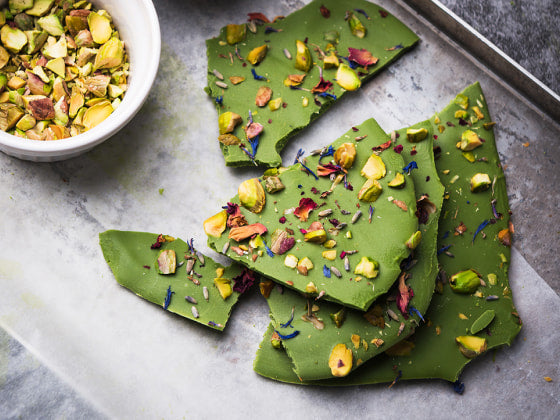


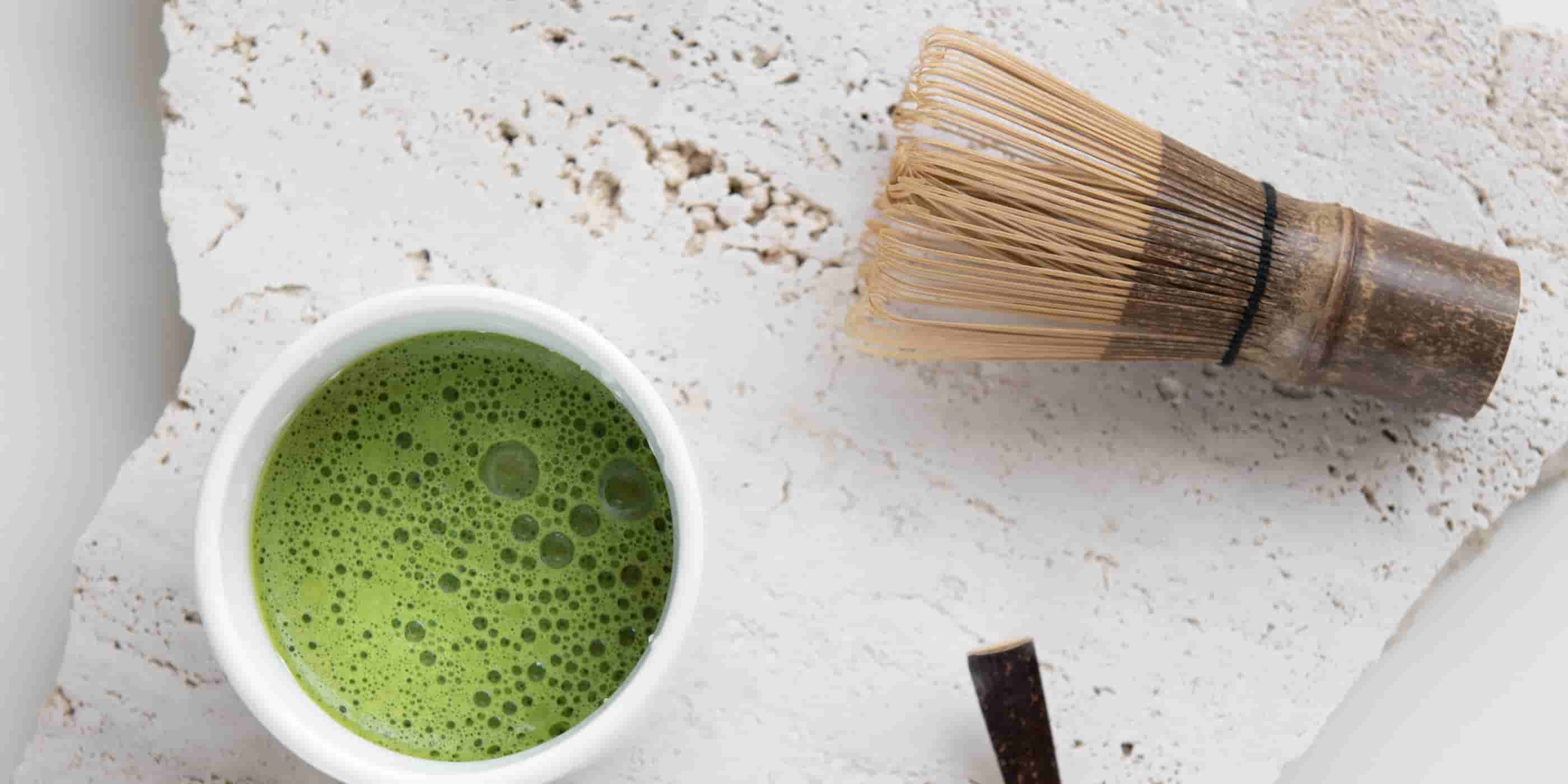
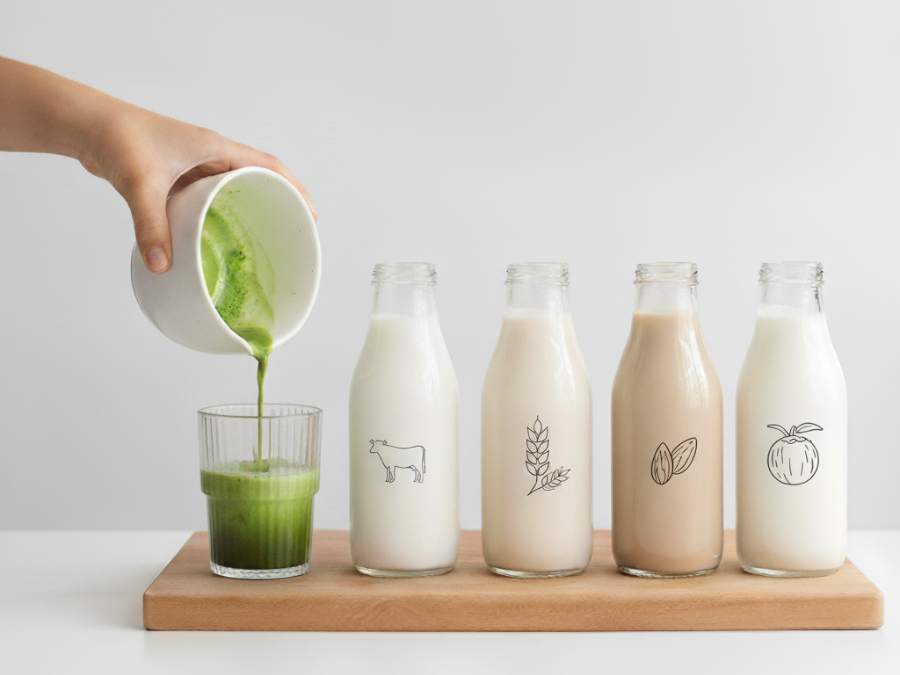
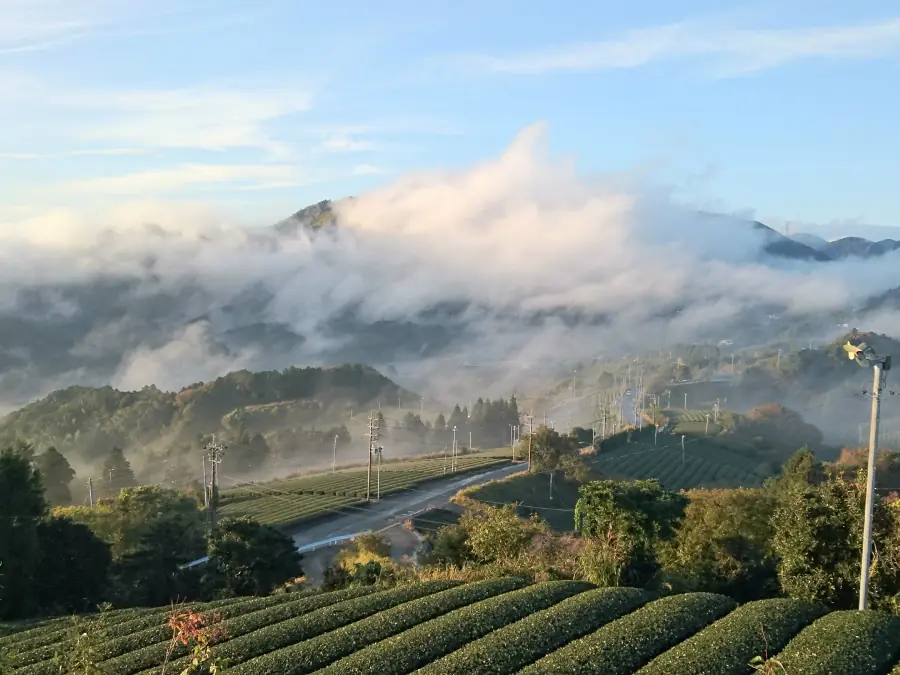
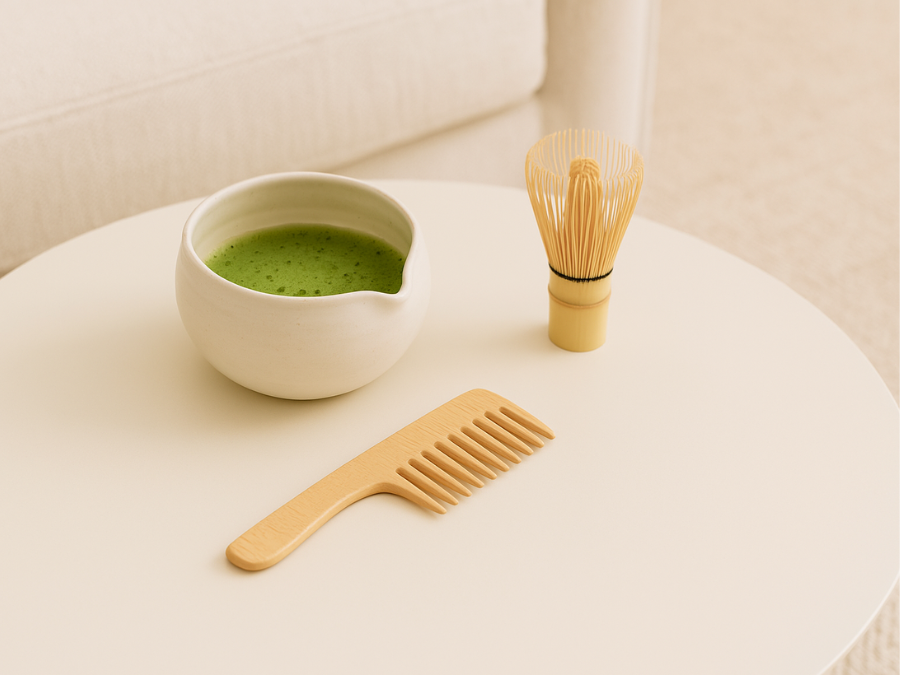
2 Comments
Team KĀRU
Hallo Caroline,
danke für deinen Kommentar! Unser Tipp wäre hier entweder der Mittsu oder der Yottsu. Beide haben einen sanft-nussigen Geschmack, der intensiv genug ist, um sich gegen Milch durchzusetzen. Pur sind beide sehr mild, wobei sich der Yottsu wegen seinem sehr zurückhaltenden Charakter sehr gut für Einsteiger eignet.
Hallo Caroline,
danke für deinen Kommentar! Unser Tipp wäre hier entweder der Mittsu oder der Yottsu. Beide haben einen sanft-nussigen Geschmack, der intensiv genug ist, um sich gegen Milch durchzusetzen. Pur sind beide sehr mild, wobei sich der Yottsu wegen seinem sehr zurückhaltenden Charakter sehr gut für Einsteiger eignet.
Caroline Reintjes
Hallo:)
Ich bin absoluter Neuling und möchte unbedingt Matcha kennenlernen. Ich denke, dass ich diesen gerne als Matcha Latte (schon so viel positives gehört), aber auch mal pur trinken würde.
Welches Pulver wird denn da empfohlen?
Viele Grüße,
Caroline.
Hallo:)
Ich bin absoluter Neuling und möchte unbedingt Matcha kennenlernen. Ich denke, dass ich diesen gerne als Matcha Latte (schon so viel positives gehört), aber auch mal pur trinken würde.
Welches Pulver wird denn da empfohlen?
Viele Grüße,
Caroline.